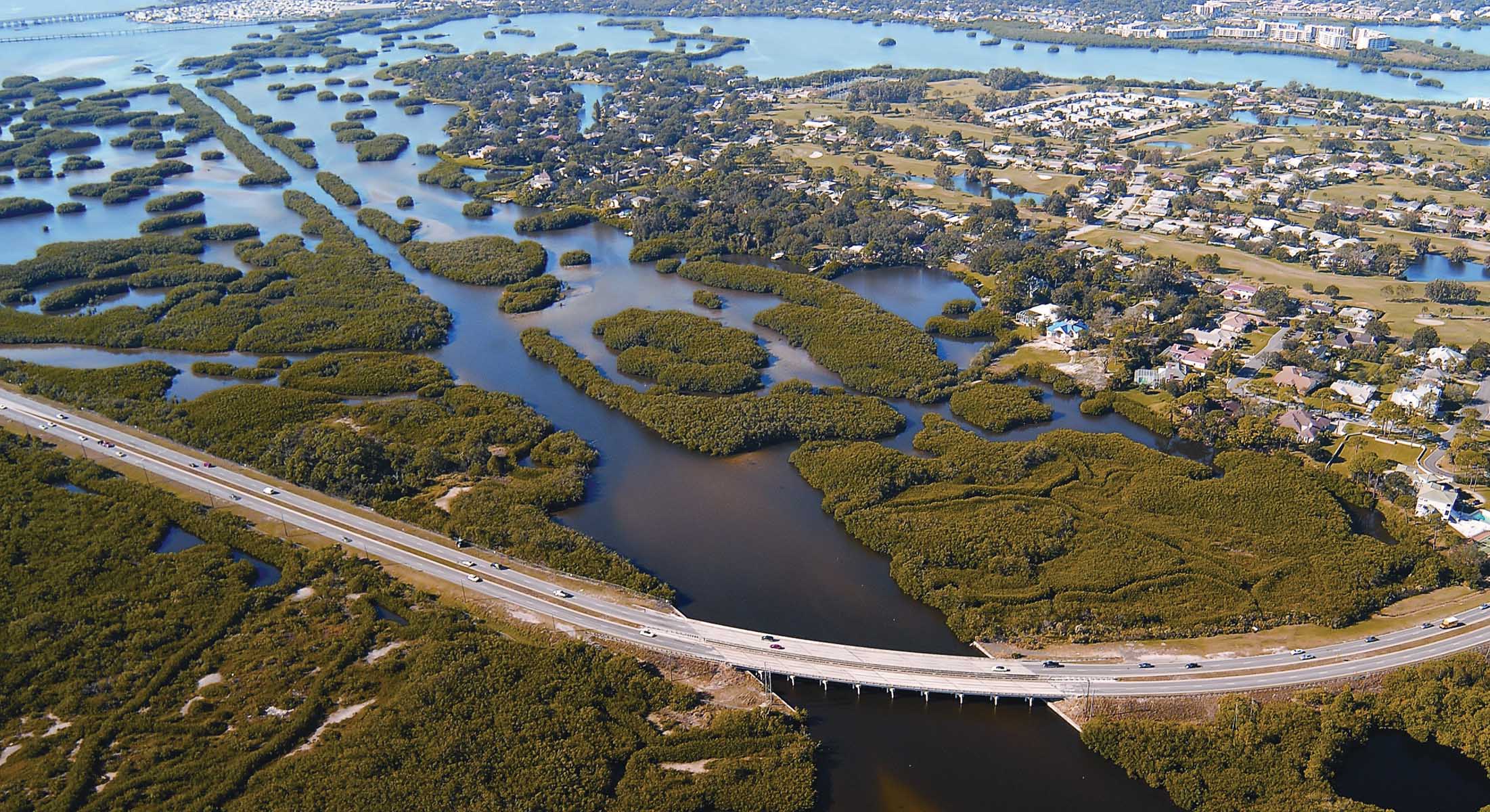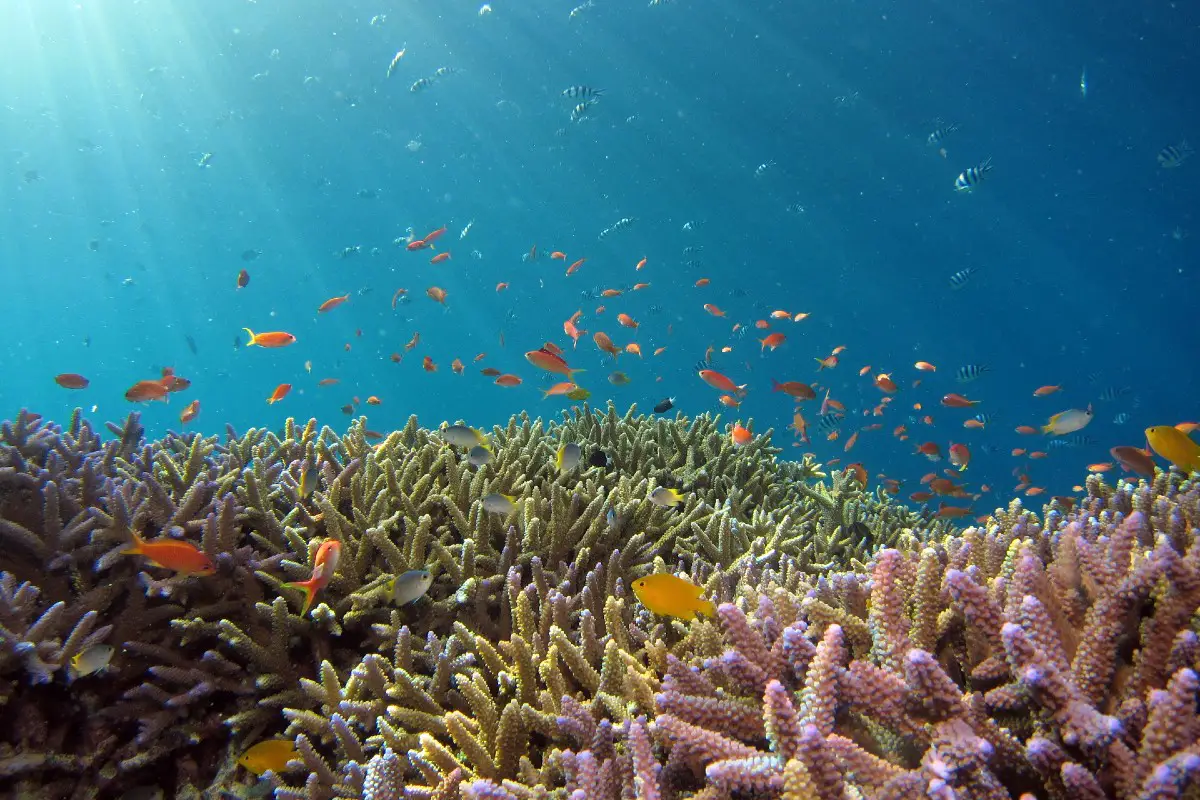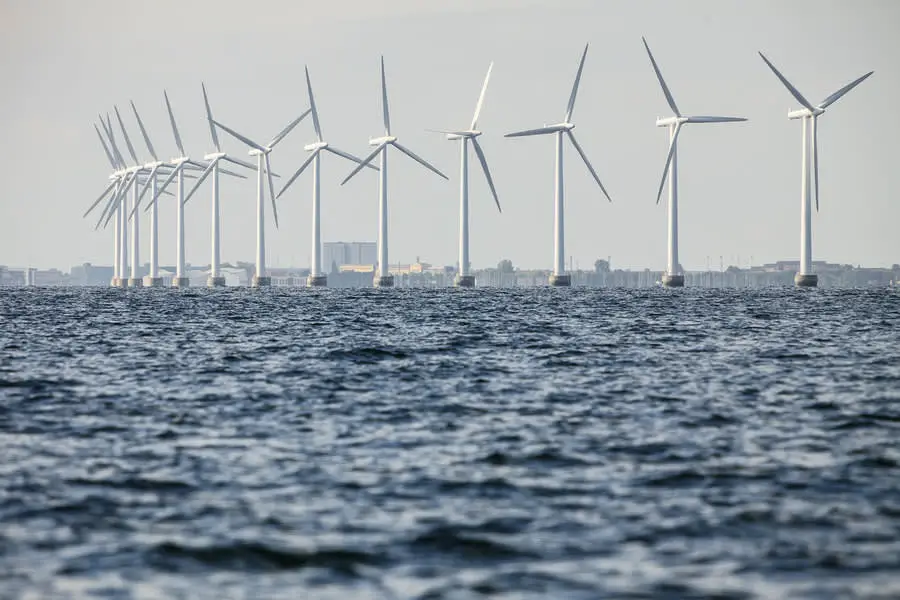Climate change refers to the long-term changes in temperature, precipitation, wind patterns, and other indicators of climate that occur over several decades or longer. Human activities, such as the burning of fossil fuels and deforestation, are primarily responsible for the warming of the Earth’s surface and the resulting changes in climate. These changes can lead to more frequent and severe weather events, rising sea levels, and other impacts on natural and human systems. Climate change is a global issue that requires collective action by individuals, businesses, and governments to reduce greenhouse gas emissions and adapt to the changes that are already occurring.
Climate change is a complex and multifaceted issue that is caused by the burning of fossil fuels and other human activities that release greenhouse gases into the atmosphere. These gases trap heat from the sun and warm the Earth’s surface, leading to a range of changes in climate, including rising temperatures, more extreme weather events, and changes in precipitation patterns.
Some of the main impacts of climate change include:
- Rising sea levels: As the Earth’s temperature increases, ice and snow in polar regions melt and cause sea levels to rise. This can lead to more frequent and severe coastal flooding and erosion, which can damage infrastructure and displace communities.
- Extreme weather events: Climate change can lead to more frequent and severe heatwaves, droughts, hurricanes, and other extreme weather events. These can cause damage to buildings and infrastructure, disrupt food and water supplies, and lead to health problems.
- Changes in precipitation patterns: Climate change can cause changes in precipitation patterns, leading to droughts in some regions and floods in others. These changes can impact agriculture, water supplies, and energy production.
- Loss of biodiversity: Climate change can cause changes in temperature and precipitation patterns that can disrupt ecosystems, leading to declines in plant and animal populations.
- Human health impacts: Climate change can lead to increased air pollution and the spread of disease, which can have negative impacts on human health.
To address the problem of climate change, it is necessary to reduce greenhouse gas emissions and to develop strategies for adapting to the changes that are already occurring. This requires collective action by individuals, businesses, and governments, including the use of renewable energy sources, conservation efforts, and other measures to reduce emissions, as well as adaptation measures to help communities and ecosystems to better cope with the impacts of climate change.
Coastal Infrastructure
uildings, roads, bridges, ports, airports, and other infrastructure that support transportation, communication, and other activities. Coastal infrastructure plays a critical role in supporting the economy, providing access to goods and services, and protecting communities from the impacts of storms and other coastal hazards.
Examples of coastal infrastructure include:

- Harbors and ports, which are used to handle shipping and commercial fishing activities.
- Airports, which are important transportation hubs for people and goods.
- Road and rail networks, which provide access to coastal communities and facilitate the transportation of goods.
- Water and sewage treatment facilities, which are essential for public health and environmental protection.
- Storm protection structures such as sea walls, breakwaters, and dikes, which are designed to reduce the damage caused by storm surges and coastal flooding.
- Beach nourishment and dune restoration projects, which help to protect coastal communities and infrastructure from the impacts of storms and erosion.
Coastal infrastructure is also closely tied to tourism and recreation, from marinas and boat ramps to boardwalks and fishing piers.
Due to the coastal infrastructure’s proximity to the ocean, it’s particularly vulnerable to the impacts of sea level rise, storm surges, and coastal erosion, which are all being exacerbated by climate change. As such, it’s important to take into account the long-term projections of sea level rises and climate change impacts while planning, designing, and building coastal infrastructure to ensure they will be sustainable in the future.
Impact of Climate Change on Coastal Infrastructure
Climate change is having a major impact on coastal infrastructure, and this impact is likely to become more severe in the future. Rising sea levels, caused by the thermal expansion of the ocean and the melting of glaciers and ice sheets, are increasing the risk of coastal flooding and erosion. This can damage or destroy roads, bridges, buildings, and other infrastructure, as well as disrupt transportation and other services.
Coastal infrastructure is also at risk from increased storm activity. Stronger and more frequent storms can cause severe damage to buildings, roads, and other infrastructure, as well as disrupt transportation and other services. Storm surges, which are caused by the combination of high tides and strong winds, can flood low-lying areas and cause significant damage to coastal infrastructure.
Climate change is also affecting permafrost in Arctic regions, which is thawing and causing the ground to shift and erode. This can damage or destroy buildings and other infrastructure, as well as disrupt transportation and other services.
In order to protect coastal infrastructure from the impacts of climate change, governments and communities are implementing a variety of measures, such as building sea walls and other types of coastal protection, elevating buildings, and relocating infrastructure to higher ground. They are also seeking to make their infrastructure more resilient to the effects of climate change. This can include designing new infrastructure to withstand the impacts of sea level rise and storms, and retrofitting existing infrastructure to make it more resilient. Additionally, some communities are looking at adapting to the long-term effects of sea level rise by moving infrastructure and people to higher ground.
Overall, coastal infrastructure is highly vulnerable to climate change and it is important that governments and communities take action to protect it. This will require significant investments in coastal protection and resilience, as well as changes to the way infrastructure is planned, designed, and constructed.

Ocean Engineering
Ocean engineering is a field of study that involves the design, construction, and maintenance of structures and systems in the ocean environment. These structures and systems include things like offshore oil and gas platforms, underwater communication and transportation systems, and marine renewable energy systems.
Ocean engineers work on a variety of projects, including:
- Offshore oil and gas exploration and production
- Offshore wind energy systems
- Wave and tidal energy systems
- Underwater communication and transportation systems
- Harbor and coastal structures
- Marine environmental protection and restoration
- Autonomous underwater vehicles and ocean robots
- Marine mining
Ocean engineers use a combination of engineering, scientific and mathematical principles to design and develop these structures, systems and equipment. They also use computer simulations and modeling tools to help predict how these structures and systems will perform in the ocean environment.
Ocean engineers also work on environmental and sustainability issues, including the study of ocean currents, waves, and tides, and the impacts of climate change on the coastal environment.
Ocean engineering is a multidisciplinary field that draws on concepts and techniques from various other disciplines, such as civil engineering, mechanical engineering, electrical engineering, and oceanography. It’s constantly evolving and adapting to the new technologies and new challenges.
Impact of Climate Change on Ocean Engineering
Climate change is having a significant impact on ocean engineering, specifically on offshore structures such as oil and gas platforms, wind turbines, and wave energy converters. The effects of climate change on ocean engineering can be grouped into three main categories: physical, operational, and economic impacts.
- Physical impacts:
- Rising sea levels caused by thermal expansion of the ocean and melting of glaciers and ice sheets can increase the risk of flooding and erosion of coastal areas. This can damage or destroy offshore structures, or make it difficult to access them.
- Increased frequency and severity of storms caused by climate change can cause severe damage to offshore structures and disrupt transportation and other services.
- Storm surges caused by the combination of high tides and strong winds can flood low-lying areas and cause significant damage to offshore structures.
- Warmer ocean temperatures caused by climate change can also affect the stability and integrity of offshore structures. For example, warmer water can cause the corrosion of steel structures, and the expansion of concrete structures.
- Operational impacts:
- Climate change can also affect the operational aspects of ocean engineering projects. For example, changes in ocean currents, water temperature, and wave patterns can make it more difficult to install and maintain offshore structures.
- Warmer ocean temperatures can also affect the behavior of marine organisms, which can in turn affect the operations of ocean engineering projects. For example, warmer water can cause the growth of invasive species, which can clog cooling systems and damage other equipment.
- Economic impacts:
- Climate change can also affect the economic viability of ocean engineering projects. For example, if the cost of protecting or repairing offshore structures becomes too high, it may no longer be economically feasible to operate them.
- The uncertain future of the climate also makes it more difficult to plan and predict the performance of ocean engineering projects.
To address these challenges, ocean engineers are developing new technologies and design approaches that can make offshore structures more resilient to the impacts of climate change. This includes the use of materials that are more resistant to corrosion and erosion, and the design of structures that can better withstand the forces of storms and waves. Engineers are also looking at ways to make offshore structures more adaptive, such as by incorporating sensors and other monitoring systems that can detect and respond to changes in the environment. They also look into building offshore structures that can withstand the predicted sea level rise and extreme weather events that are expected to occur with climate change.

Overall, the impact of climate change on ocean engineering is multi-faceted and complex. It is important that engineers and policymakers take action to address these challenges. This will require significant investments in research and development to develop new technologies and design approaches, as well as changes to the way ocean engineering projects are planned, designed, and constructed.
Advantages and Disadvantages of Coastal Infrastructure and Ocean Engineering
Coastal infrastructure and ocean engineering both have advantages and disadvantages.
Advantages of coastal infrastructure include:
- Protection of coastal communities and properties from flooding and erosion
- Facilitation of transportation and commerce
- Development of recreational areas and tourism
- Protection of coastal ecosystems
Disadvantages of coastal infrastructure include:
- High cost of construction and maintenance
- Potential negative impact on coastal ecosystems, such as loss of habitat for wildlife
- Potential for structures to fail during severe storms or other natural events
- Limited long-term effectiveness as sea levels continue to rise
Advantages of ocean engineering include:
- Generating renewable energy from wind, wave and tide power
- Offshore oil and gas exploration and production
- Transportation and communication via offshore pipelines and cables
- Marine research and monitoring
Disadvantages of ocean engineering include:
- High cost of construction and maintenance
- Potential negative impact on marine ecosystems, such as loss of habitat for wildlife
- Potential for structures to fail during severe storms or other natural events
- Limited long-term effectiveness as sea levels continue to rise
- The uncertain future of the climate makes it more difficult to plan and predict the performance of ocean engineering projects
It’s important to note that coastal infrastructure and ocean engineering should be designed and constructed in an environmentally sustainable way and the potential impacts on marine and coastal ecosystems should be carefully considered and mitigated. Additionally, the potential impacts of climate change should be taken into account when designing and constructing coastal infrastructure and ocean engineering projects.










